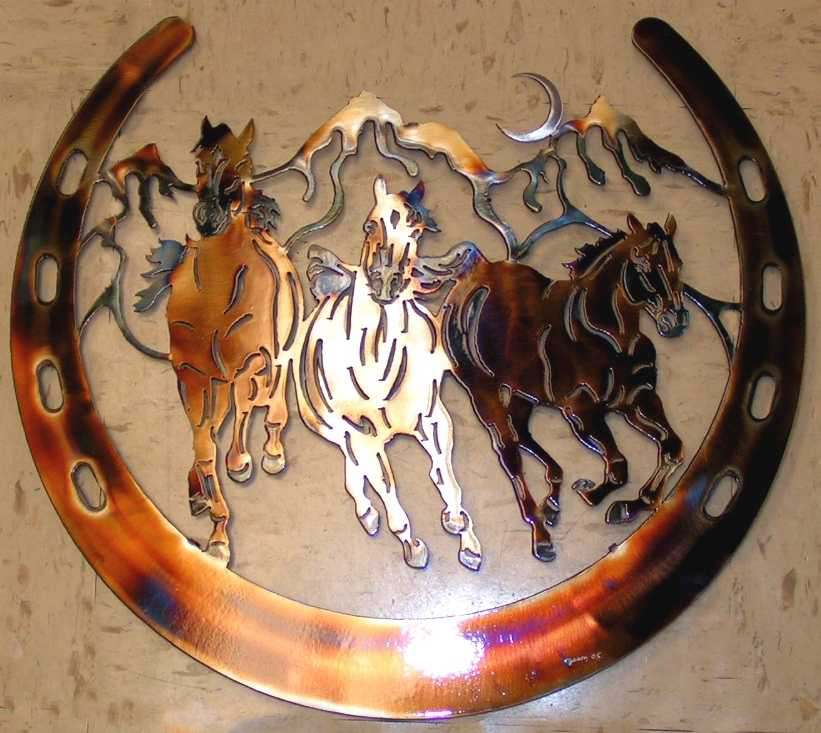|
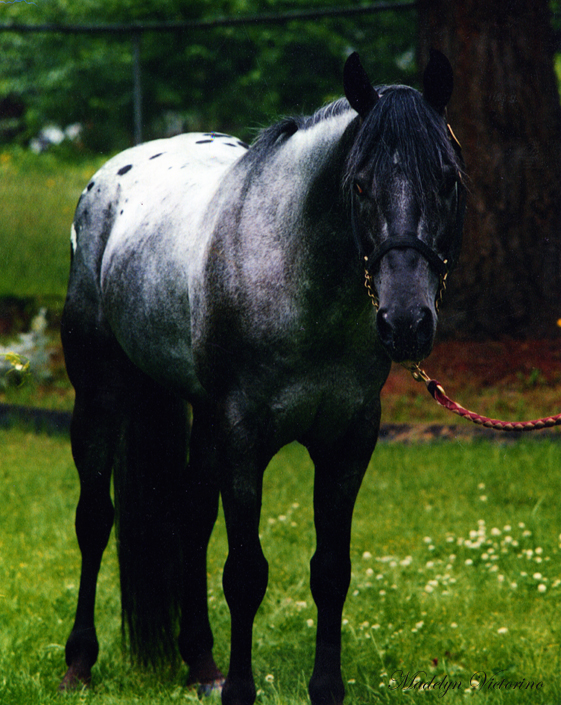 |
SMOKEY MT. MUSIC - ApHC STALLION To see more of Smokey click on his Photo |
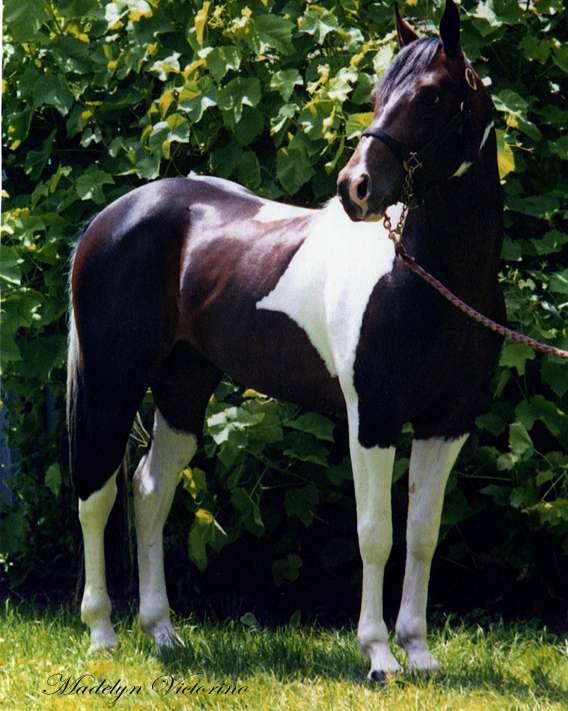 |
RR MCLEO BARS CAT ~ APHA STALLION To see more of Little Jo Click on his photo |
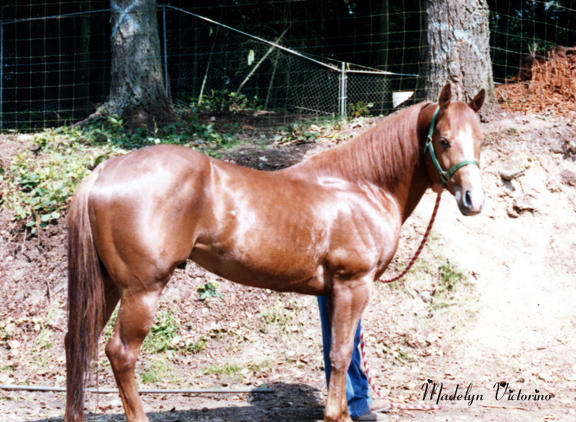 |
SIR DANNY BOY - AQHA STALLION To see more of Danny Click on his photo |
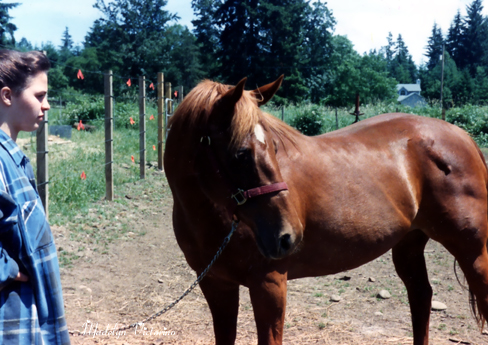 |
Miss Diamond AQHA Mare To see more of Diamond Click on her photo |
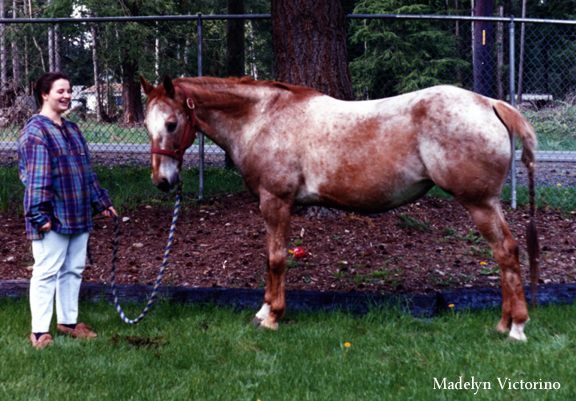 |
Miss Patti Bee ApHC Appaloosa Mare To see more of Patti Click on her photo |
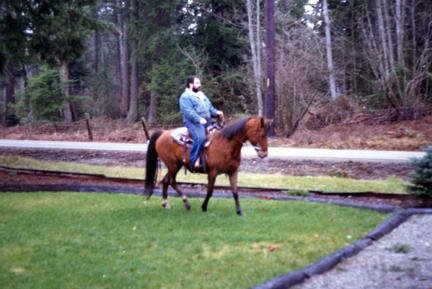 |
Miss Cricket Anglo-Arabian To see more of Cricket, Click on her photo |
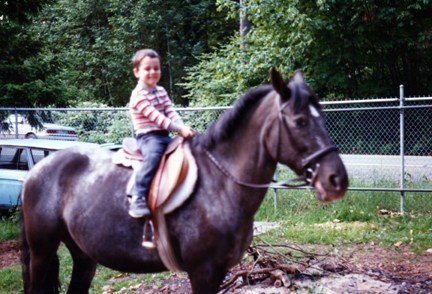 |
D's WA-SATH-A-BE ApHC "Sugar" Appaloosa Mare To see more of Sugar, Click on her photo |
 |
Little Puff of Smoke ApHC "Freckles" Appaloosa Mare To see more of Freckles, Click on her photo |
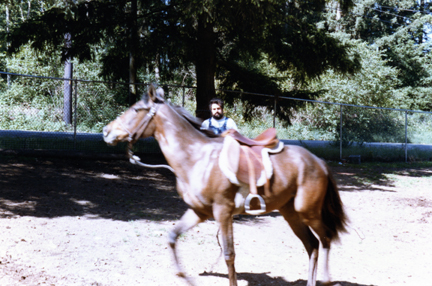 |
D's Keike Anela ApHC Appaloosa Mare To see more of Keike, Click on her photo |
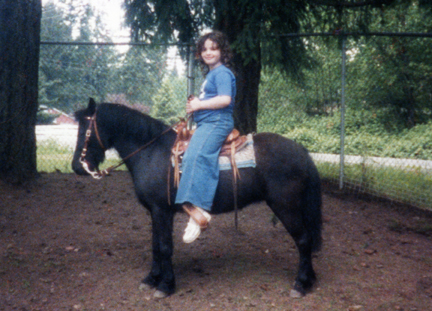 |
SHADOW American Shetland Pony Mare To see more of Shadow, Click on her photo |
We would like to take this opportunity to thank HARRIS VETERINARY CLINIC, in Grand Junction, Colorado for providing this information. COLIC - ABDOMINAL PAIN - Causes and cures FIRST AID KIT FOR HORSES - An emergency kit for your horse. RHINOPNEUMONITIS - Equine influenza VESICULAR STOMATITIS - VS caused by a virus with symptoms similar to hoof and mouth disease HORSE INFLUENZA- Flu is an extremely common viral respiratory infection SPRING TUNE-UP - Get a jump on the season LAMENESS - A horse is only as good as his feet and legs |
YOUR HORSE HEALTH - AMERICA'S QUARTER HORSE ENERGY NEEDS - Energy Needs Of Horses Vital To Sound Feeding Management FEEDING HORSES CORRECTLY - Understanding Energy Key Part Of Feeding Horses Correctly COLD WEATHER STRESS - Combat Cold Weather Nutritional Stress In Horses CREEP FEEDINF FOALS- Creep Feeding Provides Needed Nutrients to Nursing Foals FOAL PREPARATION- Horse Manager Should Prepare For Foaling Weeks in Advance FESCUE TOXICOSIS - New Drug May Help Horse Owners Fight Fescue Problems ALTERING COMMERCIAL GRAIN- Forethought Key Ingredient When Altering Commercial Grain REMOVAL FROM FESCUE - Broodmare Removal From Fescue Helps Protect Owner Investment MOLDY FEEDSTUFFS- Ingestion of Moldy Feedstuffs Can Lead to Fumonisin Toxicity in Horses HEAT STRESS- Symptoms Give Warning of Heat Stress in Horses COOL-DOWN - Cool-Down Periods Important To Horses After Physical Exertion SHOWING - Horses Need Special Attention at Shows HORSE MATH - Mathematics Can Assist Evaluation Of Horse Breeding Activity HORSE WARM UP - Warming Up Horses Before Competition Good Practice PROTECTING HORSE INVESTMENT - Fall Checks Needed To Protect Horse Breeder Investment SOUND GROWTH - Individual Management Key Part Of Sound Horse Growth OSU's WED SITE - Internet Surfers Riding High On OSU's Electronic Horse Pages AGED HORSES - Aged Horses Have Special Needs DENTAL CHECKS - Remember Benefits Of Dental Checkup For Your Horse BROODMARE ESTRUS PROGRAM - November Time to Begin Broodmare Estrus Program BREEDING EFFICIENCY- Breeding Efficiency Key Part of Mare Management WEANLING HORSES - Weanling Horses Need Individually Designed Exercise Programs HORSE PHYSIOLOGY - Knowledge of Horse Physiology Helps Protect Equine Health HEATED BARNES - Improperly Heated Barns May Cause Horse Health Problems COLIC - Too-Rapid Change in Horse Rations Can Cause Colic FINANCIAL MANAGEMENT- Financial Management Vital To Small Horse Operations INDIVIUAL MANAGEMENT - Individual Management Key Part of Sound Horse Growth VITAL SIGNS Owner Should Remember Normal Vital Signs For A Horse HEAT STRESS -Symptoms Give Warning of Heat Stress in Horses OSU STUDY Indicates State Horse Racing Industry's Effect ~ ~ ~ ~ ~ ~ ~ ~ ~ ~ ~ ~ ~ ~ ~ ~ ~ ~ ~ ~ ~ ~ ~ ~ ~ ~ ~ ~ ~ ~ ~ ~ ~ ~ ~ ~ ~ ~ ~ ~ ~ ~ ~ ~ ~ ~ ~ ~ ~ ~ ~ ~ STALLIONS GELDINGS Proud gelded, Gelded very late in life and acted like a Stud, but then forgets or don't have what it takes to do the job..... All talk no action ! Acting studdy... Proud cut ...meaning when he was castrated, sometimes not all of the testicle was removed, leaving some, which indeed can still produce excessive amounts of testosterone & stallion-like behavior like that. Or, he might be what's called a "cryptorchid," meaning there is still a testicle inside his body that never dropped into the scrotum. somewhat like a dog that is cyptorchid so all you dog people will understand that one if not get out to the show ring. MARES Not all mares do this, but many do. Three, geldings can become so firmly bonded to a single mare, that if she strays during the night ... the entire herd goes with her, unlike if a couple geldings were to wander off. This would be disastrous on a trail drive. Thus, although not all mares show cranky estrus cycles, and not all mares disrupt herds of geldings, it was a general rule that mares were not the favored work animal. Arabs felt exactly the opposite, and preferred to ride mares above all other choices. NOTE: A young male horse is a colt. (If not castrated, it is a stud colt.) A young female horse is a filly. A baby of either gender is a foal. A mare is a female, while the word "horse" was almost exclusively used to mean a male horse, a gelding. Thus; "Was he riding a red horse?" "No, he was riding a red mare." Oddly enough, however, "horsing" is a term used to describe a mare's behavior, when she is in heat. HOW DOES A HORSE TRAVEL? |
HORSE FIGHTING HAS BEEN OUTLAWED ALMOST WOLRDWIDE Horse fighting has now been outlawed almost worldwide. |
 |
VICTORINO'S DOGS Here the Victorino's have showcase their love and admiration for the American Pit Bull Terriers & Staffordshire Bull Terrier |
